Dados do Trabalho
Título
DIFFERENCES BETWEEN URINARY METABOLITES IN INDIVIDUAL RENAL UNITS IN PATIENTS WITH UNILATERAL NEPHROLITHIASIS
Introdução e Objetivo
Twenty-four-hour urine testing is performed to identify urine electrolyte abnormalities that are associated with kidney stone formation. This analysis pools urine from the two kidneys even though in many patients, stones affect only one renal unit. Our goal was to determine if there were significant differences in urine electrolytes between the stone-bearing and the stone-free kidney.
Método
Five adult patients with unilateral nephrolithiasis scheduled for ureteroscopy or percutaneous nephrolithotomy were enrolled. Following Foley catheter drainage of the bladder, a ureteral access sheath (UAS) was passed into the stone-bearing kidney. Urine was collected simultaneously from the UAS (intervention) and from the Foley catheter (control) for 10-15 minutes and HCl was added as preservative. Samples were analyzed for urine stone risk factors. Pairwise comparison was made between the stone-affected kidney and the contralateral kidney using both raw concentration values and concentration values corrected for creatinine. Additionally, each kidney in the study was 3D reconstructed from the patient’s CT scan with 3D Slicer to calculate renal parenchymal volume.
Resultados
Five adult patients with unilateral nephrolithiasis scheduled for ureteroscopy or percutaneous nephrolithotomy were enrolled. Following Foley catheter drainage of the bladder, a ureteral access sheath (UAS) was passed into the stone-bearing kidney. Urine was collected simultaneously from the UAS (intervention) and from the Foley catheter (control) for 10-15 minutes and HCl was added as preservative. Samples were analyzed for urine stone risk factors. Pairwise comparison was made between the stone-affected kidney and the contralateral kidney using both raw concentration values and concentration values corrected for creatinine. Additionally, each kidney in the study was 3D reconstructed from the patient’s CT scan with 3D Slicer to calculate renal parenchymal volume.
Conclusão
In all unilateral stone-forming patients, there were urinary metabolite differences between renal units, most notably in calcium concentration, despite having normal parenchyma volume.
Área
Litíase / Endourologia
Instituições
University of California, Irvine - - United States
Autores
ANTONIO REBELLO HORTA GORGEN, MINH-CHAU VU, ANDREI DRAGOS CUMPANAS, ZACHARY EDWARD TANO, SOHRAB NAUSHAD ALI, JAIME LANDMAN, JOHN ASPLIN, ROSHAN MANSUR PATEL
